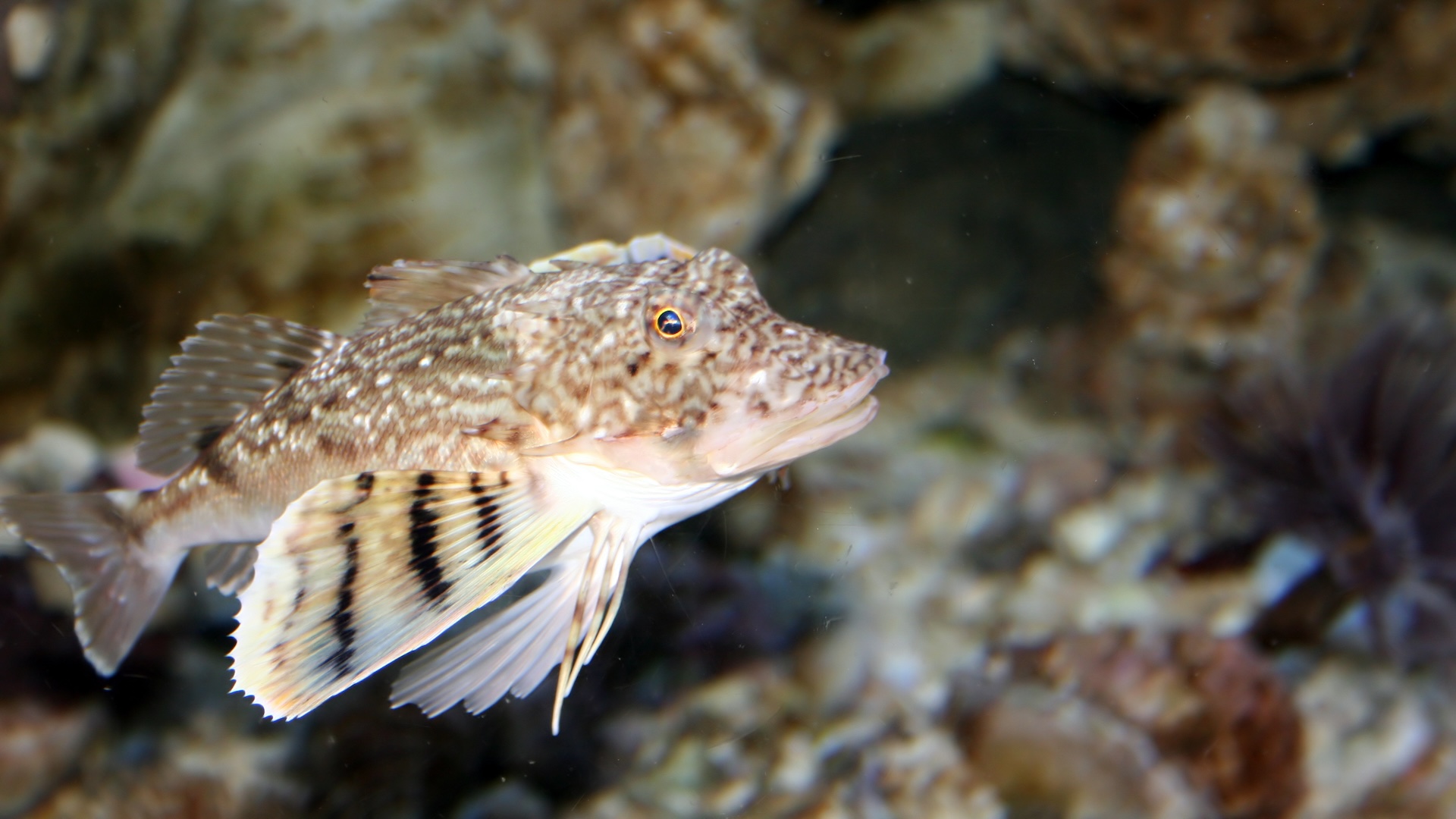TropicalMed, Vol. 8, Pages 304: Assessing the Efficacy of Monovalent and Commercialized Antivenoms for Neutralizing Moroccan Cobra Naja haje Venom: A Comparative Study
Tropical Medicine and Infectious Disease doi: 10.3390/tropicalmed8060304
Authors: Soukaina Khourcha Ines Hilal Iatimad Elbejjaj Mehdi Karkouri Amal Safi Abdelaziz Hmyene Naoual Oukkache
In Morocco, eight species of venomous snakes belonging to the Viperidae and Elapidae families are responsible for severe envenomation cases. The species from the Elapidae family is only represented by the medically relevant cobra Naja haje, which is widely distributed in North Africa. However, there is little information on the systemic effects of Moroccan cobra venom on vital organs due to regional variations. It has been demonstrated that the venom of Naja haje from Egypt causes hemorrhage, while the venom of the Moroccan cobra is neurotoxic and devoid of systemic bleeding. This variability is known to significantly influence treatment efficacy against Naja haje cobra bites in the Middle East. In this study, we examined the pathophysiological mechanisms responsible for the lethality induced by Naja haje venom, as well as the evaluation of the neutralizing capacity of two antivenoms; the monospecific antivenom made for Naja haje only and the antivenom marketed in the Middle East and North Africa. We first determined the toxicity of Naja haje venom by LD50 test, then compared the neutralizing capacity of the two antivenoms studied by determining the ED50. We also performed histological analysis on Swiss mice envenomed and treated with these antivenoms to observe signs of cobra venom envenomation and the degree of reduction of induced systemic alterations. The results showed significant differences between both antivenoms in terms of neutralization. The monospecific antivenom was four times more effective than the marketed antivenom. These results were confirmed by a histological study, which showed that monospecific antivenoms neutralized severe signs of mortality, such as congestion of blood vessels in the heart and kidneys, pulmonary and renal edema, cytoplasmic vacuolization of hepatocytes in the liver, and infiltration of inflammatory cells in the brain and spleen. However, the polyvalent antivenom failed to protect all severe lesions induced by Naja haje venom in mice. These findings highlight the negative impact of geographic variation on the effectiveness of conventional antivenom therapy and confirm the need for a specific Naja haje antivenom for the effective treatment of cobra envenomation in Morocco.

 1 year ago
28
1 year ago
28


